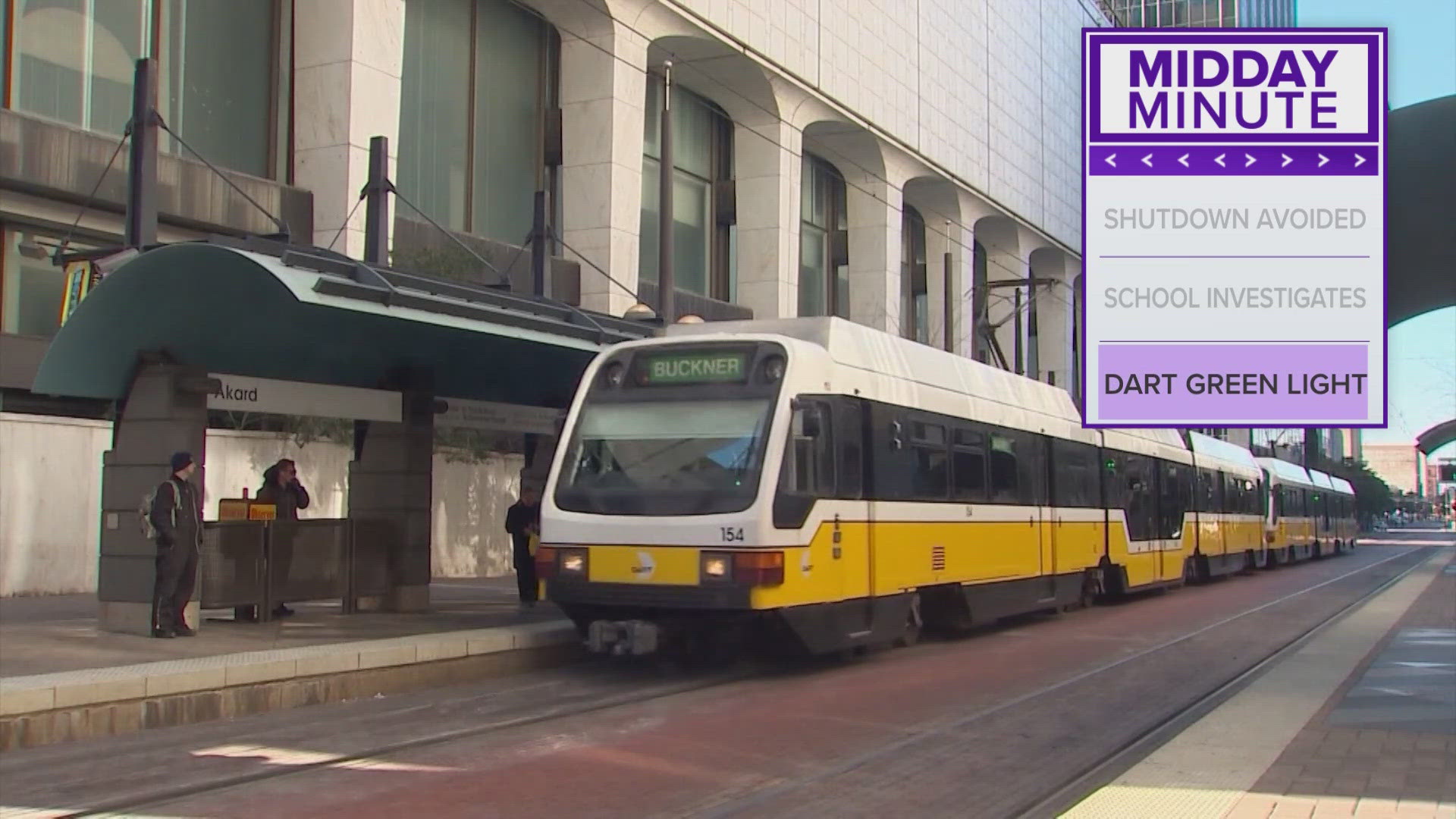(Dallas Business Journal) -- The populations of 10 major U.S. metropolitan areas will skyrocket by more than 50 percent in the coming quarter-century, according to projections issued today by American City Business Journals.
Among those major metro cities expected to make a jump is Dallas-Fort Worth. The area's population is expected to rise 53.5 percent — the seventh largest increase in the country — which would put total population at almost 11 million by 2040. However, DFW's increase isn't as drastic as the other major Texas cities in the list.
The database doesn't break down individual cities within North Texas. But earlier this month, another study named Frisco as the fastest growing city in the country.
ACBJ, the parent company of the Dallas Business Journal, has generated population projections for 933 metropolitan and micropolitan areas, based on raw data from the U.S. Census Bureau and the University of Virginia's Weldon Cooper Center for Public Service. Click here for the full methodology.
ACBJ's projections for each metro and micro have been posted at five-year intervals between 2015 and 2040, showing each area's population and national rank, as well as its raw and percentage changes during each span. Click here to access the complete database.
No one can foresee all of the economic twists and demographic turns that the coming 25 years will bring, but ACBJ's projections suggest a range of intriguing possibilities. Here are five additional points of interest:
1. New York City will retain first place by a comfortable margin.
Los Angeles is growing at a faster pace, but there is no way it will catch New York atop the nation's metropolitan standings by 2040. It won't even come close.
New York's population will be 22.5 million a quarter-century from now, according to ACBJ's projections. Los Angeles will be a distant No. 2 with roughly 15 million residents.
2. Chicago will drop a couple of notches.
Chicago became known as America's Second City because of its runner-up status to New York in every federal census between 1890 and 1980. But L.A. now holds second place, and Chicago's grip on third appears to be precarious.
ACBJ envisions Houston shooting up to No. 3 with a 2040 metropolitan population of 11.1 million, followed by Dallas-Fort Worth at 10.9 million. That leaves Chicago in fifth at 9.7 million.
3. Philadelphia and Boston will say goodbye to the top 10.
Philadelphia has been on a very gradual decline for a long, long time. It reigned as the nation's second-largest city until 1890, when it was supplanted by Chicago. It is No. 7 in the current metropolitan rankings, though ACBJ anticipates a drop to 11th place by 2040.
Boston is barely holding onto 10th place right now, maintaining a narrow lead over San Francisco-Oakland, Phoenix, and Riverside-San Bernardino, California. All three are expected to pass Boston during the next 25 years, pushing it down to 13th place.
4. Austin will enjoy the strongest rise in the top 50.
No real surprise here. Austin's projected population increase of 98.5 percent is far and away the largest for any major market, so the logical result should be a climb of several rungs on the demographic ladder.
How about an even dozen? Austin currently ranks 33rd in the metropolitan hierarchy. ACBJ expects it to be 21st by 2040.
Raleigh comes next with a projected rise of nine places — 44th now, 35th in a quarter-century.
5. Eight medium-sized markets are projected to grow by at least 50 percent in the coming 25 years.
ACBJ's report encompasses all metropolitan and micropolitan areas, not just those beyond the 1 million threshold.
Myrtle Beach, South Carolina, is the hottest growth prospect among metros fitting in the medium category (500,000 to 999,999 residents as of 2040). It's expected to expand by 85.2 percent, reaching a population of 800,000.
Other rapid growers of medium size are Greeley, Colorado (projected increase of 78.5 percent), Provo, Utah (69.1 percent), Fayetteville-Springdale, Arkansas (58.3 percent), Naples, Florida (56.2 percent), Fort Collins, Colorado (54.1 percent), Des Moines (50.1 percent) and Port St. Lucie, Florida (50.0 percent).
Full breakdowns for all 933 metropolitan and micropolitan areas are available in the database of projections accompanying this story.
Click here to see this story in its original home with our media partners at the Dallas Business Journal.


